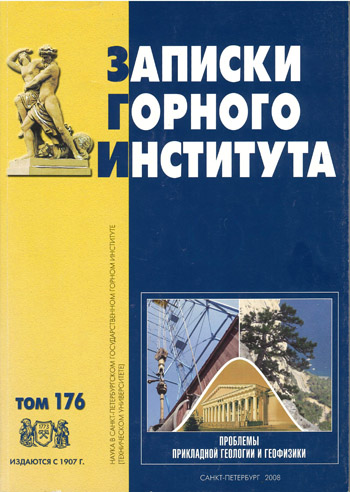Numerical modeling of pollutants migration in marsh sediments
Authors:
About authors
- St. Petersburg Branch of the Institute of Geoecology, RAS
Abstract
The proposed model of cation sorption processes with natural organic matter of peat deposits could be applied in a wide pH range. Model testing was produced on the basis of field migration experiment, which was carried out at Lomonosov Diamond Deposit (Arkhangel'sk Region, Russia). It was shown that taking into account the double porosity is necessary for the correct forecast of transport of dissolved compounds in peat.
Область исследования:
(Archived) Problems of hydrogeological and engineering-geological conditions assessment in the development of territories
Similar articles
Engineering-geological peculiarities of design and construction of underground sewage collectors in St. Petersburg by microtunneling method
2008 V. V. Artemyev, A. T. Artemyev, I. V. Artemyev, L. P. Artemyev
Construction of S-function at forecasting of marine equipment characteristic
2008 A. A. Voronov, V. N. Razuvaev
Analysis of engineering-geological conditions of SPGGI (TU) training and production site in Kavgolovo settlement
2008 T. N. Nikolaeva, L. P. Norova, G. B. Pospekhov
